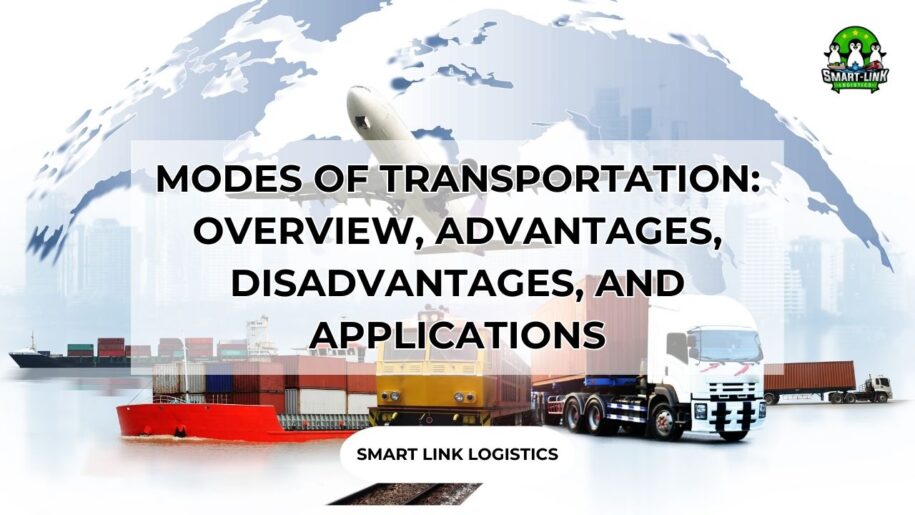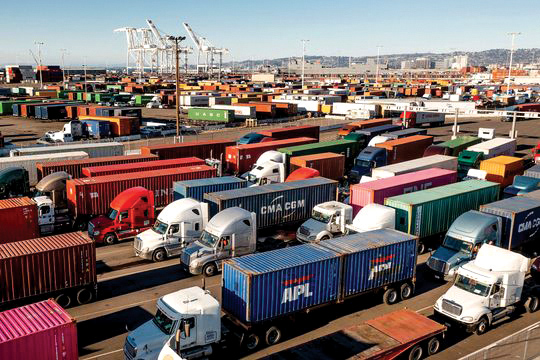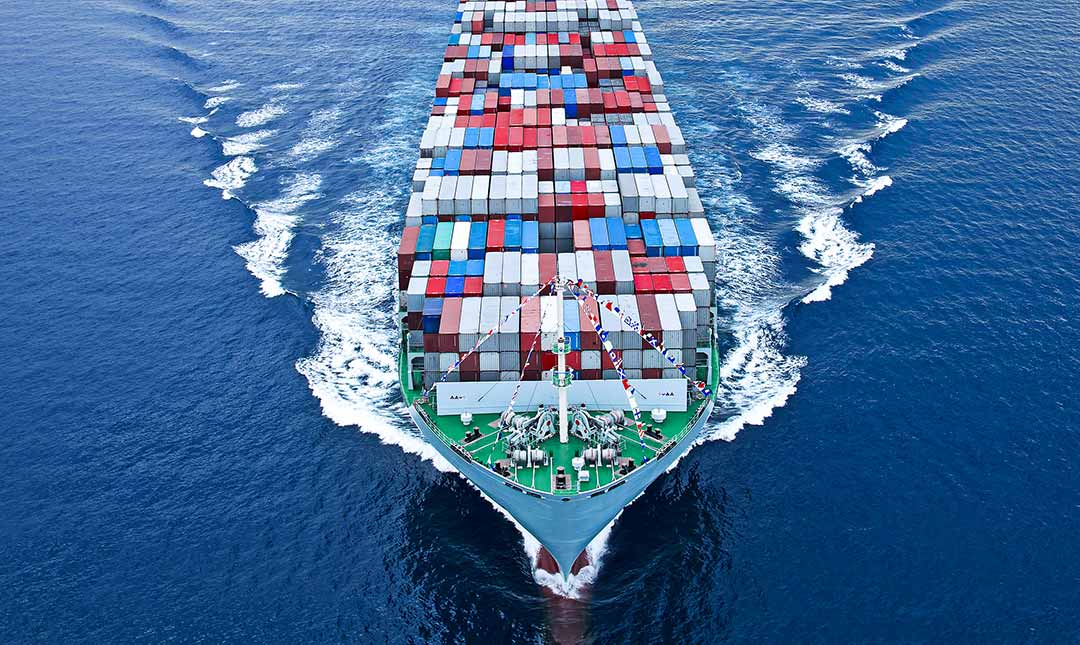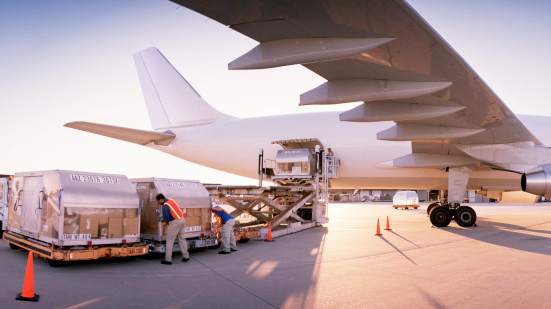
MODES OF TRANSPORTATION: OVERVIEW, ADVANTAGES, DISADVANTAGES, AND APPLICATIONS
In the field of logistics and freight transport, choosing the appropriate mode of transportation plays a crucial role in optimizing costs, time, and ensuring the safety of goods. Common modes of transportation include road, rail, sea, air, and pipeline transport. This article will provide an overview of these modes of transportation, their advantages and disadvantages, and their practical applications.
1. Road Transportation
Overview
Road transportation involves using vehicles such as trucks, container trucks, and small trucks to move goods across road networks. It is the most common form of transportation for domestic shipments.
Advantages
- Flexibility: Road transportation can reach many locations, including remote or difficult-to-access areas.
- Fast delivery times: For short to medium distances, road transportation often offers faster delivery times compared to other modes.
- Lower costs for short distances: For short hauls, road transport usually has lower costs than rail or sea transport.

Disadvantages
- High costs for long distances: Road transport becomes expensive as the distance increases.
- Weight limitations: Road vehicles have weight limits, making them unsuitable for transporting large volumes of goods.
- Affected by weather and traffic conditions: Delivery times can be impacted by adverse weather or traffic congestion.
Applications
- Transporting goods within domestic regions.
- Door-to-door delivery.
- Moving goods of moderate size and weight.
2. Rail Transportation
Overview
Rail transportation uses trains to move goods along rail networks. It is an efficient mode of transport for large volumes of goods over long distances.
Advantages
- Large transport capacity: Railways can handle large volumes and sizes of goods.
- Lower costs for long distances: Rail transport typically has lower costs than road transport for long-distance shipments.
- Stable and less affected by weather: Rail transport is less impacted by weather conditions and has a stable schedule.
Disadvantages
- Limited delivery points: Rail can only reach locations with railway lines, unlike road transport, which offers door-to-door delivery.
- Longer delivery times: Rail transport may take longer than road and air transport, especially when transferring between rail networks.
Applications
- Moving goods between major cities or industrial zones.
- Transporting large volumes of goods that do not require short delivery times.
- Long-distance freight transport.
3. Sea Transportation
Overview
Sea transportation uses ships to move goods across international or domestic sea routes. It is the primary mode for international trade.

Advantages
- Low costs: Sea transport usually has the lowest costs, especially for large volumes of goods over long distances.
- Large transport capacity: Ships can carry vast quantities of goods, including containers and bulk cargo.
- Suitable for non-urgent deliveries: Sea transport is ideal for goods that do not need quick delivery times.
Disadvantages
- Long delivery times: Sea transport takes longer than other modes, particularly air transport.
- Affected by weather conditions: Delivery times can be impacted by weather factors such as storms or rough seas.
- Limited delivery points: Sea transport can only deliver to ports, not door-to-door.
Applications
- International trade.
- Transporting large volumes of goods that do not require urgent delivery.
- Shipping containerized and bulk cargo.
4. Air Transportation
Overview
Air transportation uses airplanes to move goods across international or domestic air routes. It is the fastest mode of transport available today.

Advantages
- Fast delivery times: Air transport offers the shortest delivery times among all modes.
- Suitable for high-value goods: It is ideal for transporting valuable goods that require quick delivery.
- Less affected by terrain and weather: Although bad weather can impact flights, air transport is less affected by terrain and other factors.
Disadvantages
- High costs: Air transport has the highest costs, making it unsuitable for large volumes of goods.
- Weight and size limitations: Airplanes have weight and size limits, making them unsuitable for large or heavy goods.
Applications
- Transporting high-value goods requires quick delivery.
- International shipments.
- Time-sensitive goods such as fresh food and pharmaceuticals.
5. Pipeline Transportation
Overview
Pipeline transportation uses pipeline systems to move liquid or gaseous goods such as oil, gas, and water.
Advantages
- High economic efficiency: Pipeline transport has low costs and is highly efficient for moving liquids or gases over long distances.
- Safe and stable: Pipelines are less affected by weather and external factors, ensuring safe and stable transport.
- Continuous operation: Pipeline transport can operate continuously, without interruptions common in other transport modes.
Disadvantages
- High initial investment costs: Building pipeline systems requires significant initial investment and time.
- Limited types of goods: Pipelines are suitable only for certain liquid or gaseous goods, not solid goods.
Applications
- Transporting oil and gas from extraction sites to processing plants.
- Urban water supply systems.
- Transporting liquid chemicals in industrial processes.
Conclusion
Choosing the appropriate mode of transportation depends on various factors such as the type of goods, transport distance, costs, time, and delivery conditions. Understanding the advantages, disadvantages, and applications of each mode will help businesses optimize their logistics processes and achieve high economic efficiency.
Hotline: + 84 935 766 039 to know more about our services

If you require assistance with international import and export of goods, please contact our team at Smartlink Logistics. We are available to provide you with professional guidance on our services and the necessary customs procedures.
SMART LINK: BEST SERVICE BEST YOU


































